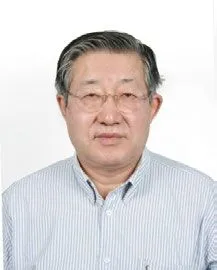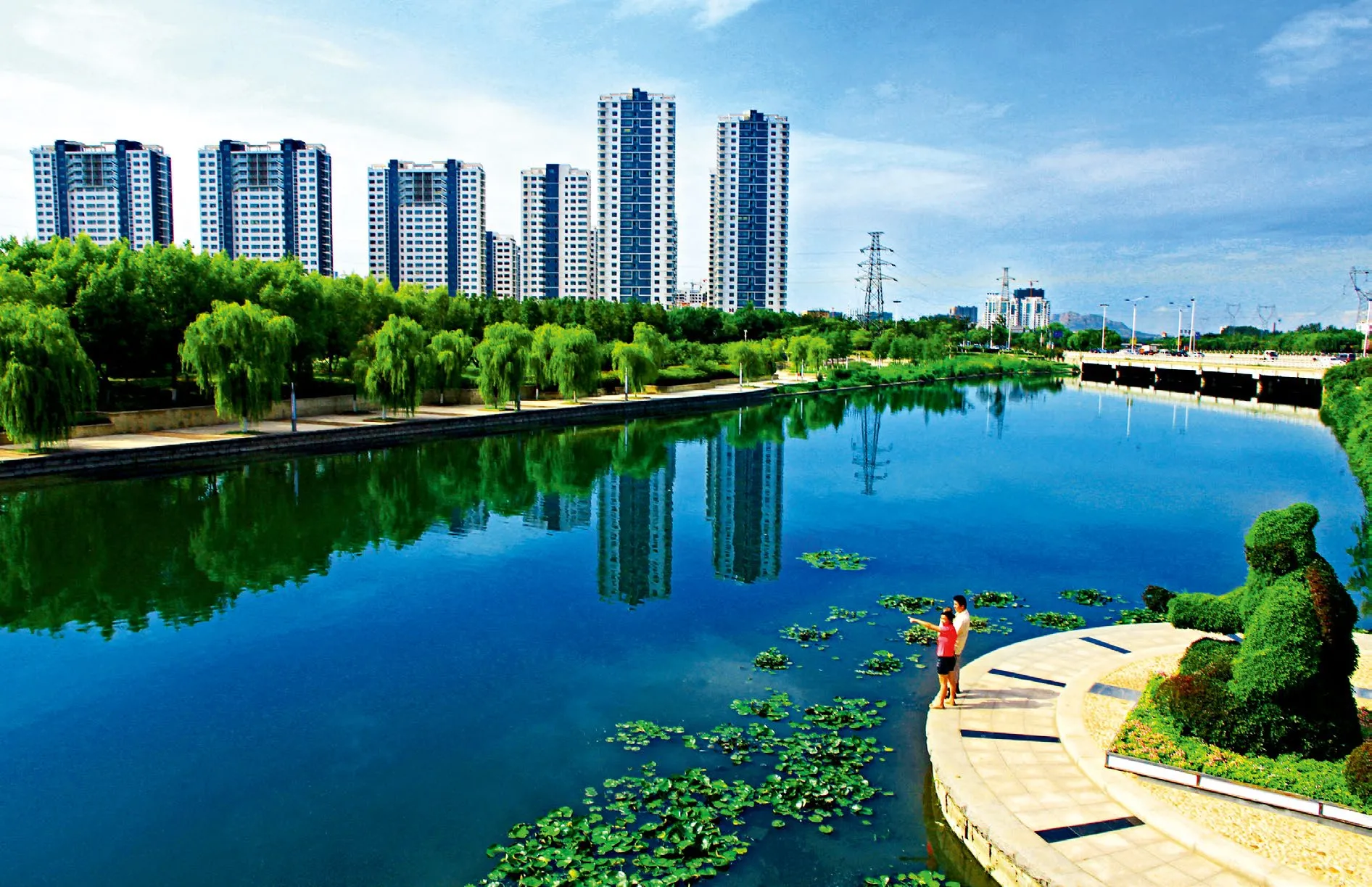Tackling Water Challenges
By Wang Hao
Tackling Water Challenges
By Wang Hao
China's experience can help Belt and Road countries develop and protect their water resources

About the author: Wang Hao is the director of the Department of Water Resources at the China Institute of Water Resources and Hydropower Research as well as an academician of the Chinese Academy of Engineering.
The countries and regions along the Belt and Road are faced with various water problems, which are generally similar to the problems China faces — flood, drought, pollution and ecological degradation.
China has gained considerable experience in dealing with water problems, and its experience can be shared with the Belt and Road countries — especially because China is a developing country with late starters’advantage. On the basis of European and American technology, China has found practical solutions to its water problems. With 6 percent of the world’s fresh water resources and 9 percent of its arable land, China has managed to feed 21 percent of the world’s population.
In the 30 years since China’s reform and opening up began, its rapid economic and social development has been sustained with only a minor increase in water consumption. Total water consumption was 440 billion cubic meters in 1980. In 2015, the figure had reached 610 billion cubic meters, an increase of 38 percent over 35 years. Over the course of the same period, China’s GDP grew 30-fold. Therefore, China’s water consumption has been generally efficient.
China’s Water Problem Solutions
The overall national strategy of China’s water resources protection consists of the following principles — conservation first (to strengthen demand management and pollution control), spatial balance (to balance population, economy and resources environment in regional distribution), systematic management (to take into consideration all waterrelated resources, such as mountains, rivers, forests, farmland and lakes, for comprehensive long-term management) and coordinated action (to boost the enthusiasm of both the government and the market).
The workflow of China’s water resources protection consists of five stages. Stage one is system diagnosis. Stage two is top-level design and system planning. Stage three is comprehensive and systematic management. Stage four is systematic eco-friendly protection. The final stage calls for long-term systematic operation with the support of both the government and the market.
The key technologies involved are as follows: First, scientific evaluation of water resources. Water resources comprehensive planning has been conducted in all river basins and administrative regions (provinces, cities and counties) to discover total water resources in any given region in China. This includes surface water and ground water, water to be used for ecological protection and water to be used for economic and social development. Evaluation is the very first step. China leads the world in water resource evaluation.
Second, the rational allocation of water resources on the basis of evaluation. Water resources have to be allocated with the entirety of the national economy and water systems in mind, as well as national ecological and water systems. Water sources such as surface water, ground water, desalinated water and recycled water should match the needs of water users for flood control, power generation, navigation and urban and rural daily consumption. China has built a bridge between multiple water sources and multiple water users, which is referred to as the rational allocation of water resources. In recent years, China has planned 172 major water conservancy projects, all of which were conducted under the guidance of top-level design for rational allocation. China’s annual water supply capacity has increased by 80 billion cubic meters. Its irrigated area has increased by 5.2 million hectares.
Third, on the basis of rational allocation, the optimized allocation of water resources with the integration of forecasts, control, decision making, execution, monitoring and evaluation. To ensure flood control security, food security, water supply security, energy security, navigation security, ecological security and environmental security, water resources should be allocated reasonably to maximize benefits.
China’s urban water consumption penetration rate has increased from 54 percent in 1981 to 98 percent in recent years. Its urban comprehensive water supply capacity has grown 10-fold to 290 million cubic meters. In China, tap water that costs only 20 fen (US$0.03) per cubic meter meets European drinking water standards, unmatched anywhere else in the world. Ultrafiltration membrane water purification technology covers the water supply to urban and rural areas, public areas and households.

A canal near a commercial real estate in Rizhao, Shandong Province.
One other aspect is the systematic protection of water resources. With various mathematical models, we have calculated sea water targets, as well as the simulation of water pollution migration and transformation, the optimization of water pollution control measures, and whole process prevention and control of water pollution.
Experience to Be Shared
China is ready to assist the countries along the Belt and Road with their water problems. Water resource security and protection is cross-functional. Top-level design and high efficiency are crucial. First, top-level design should be a blueprint for eco-friendly water resource evaluation and planning programs. Second, most of the countries along the route are developing countries with limited financial resources.
China’s cooperation with Indonesia in water resources protection is a good example. At present, only 39 percent of Indonesia’s urban population (18 percent of the country’s total) have access to clean tap water. China participated in the top-level design of Indonesia’s water resources management. The design aims to manage the water resources of all river basins in an effort to promote the systematic planning of water resources and allround pollution control of surface and ground water. The ultimate goal is to provide the local population with clean drinking water. Meanwhile, Indonesia shared China’s experience in water resources management and trained its engineering and management specialists. Its toplevel design for water resources management has been upgraded with the experience that has underpinned China’s rapid development over the last 30 years. China took part in water infrastructure construction in Indonesia, such as storage dams, clean water works and sewage treatment plants. China also put forward building programs for the reservoir on Bali Island, as well as its urban water works and pipe networks, which will provide the island with a secure water supply and a secure ecological environment for its water over the next decade.
The Belt and Road covers major international river basins from Asia to Europe. It is imperative that China’s water resources sector plays a role in international cooperation. Within the overall framework, China will promote transboundary water cooperation with neighboring countries, focusing on the improvement of water conservancy infrastructure and the protection and restoration of the ecological environment. China will use its advantages in water conservancy planning, surveying, design, construction and technology to strengthen bilateral and multilateral cooperation in water resources with the countries along the route.

